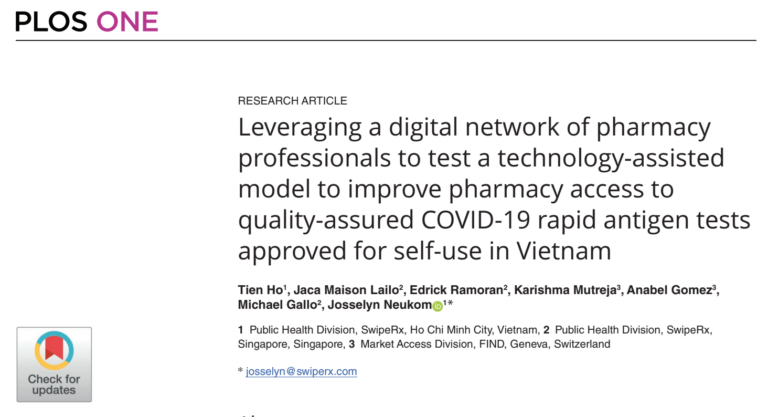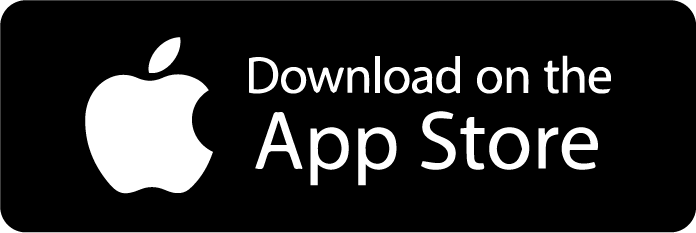On 4 March 2020, Japanese firm Takeda Pharmaceutical Co announced they are working on a plasma-derived therapy to treat high-risk patients infected with COVID-19. They are confident they are close to being one of the first approved treatments against the deadly coronavirus. As the pharmacy network is highly depended upon during this time to answer questions to patients, this article addresses some of the questions you may face:
Who is Takeda Pharmaceutical Co?
Takeda is already a major manufacturer of plasma-derived medicines called intravenous immunoglobulin (IVIG), which are a safe and efficient treatment for patients with broad-spectrum immune disorders.
According to Takeda, blood plasma from recovered COVID-19 patients carry antibodies that, if transferred to another infected patient, may help increase the chances of recovery.
Why is plasma-derived therapy effective?
Plasma-derived therapy is an established form of viral treatment which according to NBC news has been in use for over a century – blood transfusions from survivors were used to treat severely ill patients during the 1918 Spanish flu epidemic, and similar strategies were used to slow the outbreak of polio and measles in 1934 Pennsylvania. More recently, plasma-derived therapy was used with positive results in the 2003 SARS and 2014 Ebola outbreaks.
The premise is, when a patient recovers from an infection, the antibodies generated by their immune system are permanently present in their blood plasma. Those antibodies can then be isolated and purified from harvested plasma to form convalescent plasma, also known as plasma-derived therapy.
Convalescent plasma, when injected into another infected patient, passes on “passive immunity” – the antibodies in the plasma bind themselves to the COVID-19 virus and neutralise them for a period of time, giving the patient’s own immune system a vital head start to begin generating its own viral antibodies.
According to Dr. Zhang Wenhong, the leader of a medical team that was dispatched from Shanghai to Wuhan to help fight the outbreak, the usage of plasma is expected to reduce the time needed to treat the disease from five to ten days to three to five days.
Is plasma-derived therapy new?
Takeda is not the first to have thought of pursuing plasma-derived therapies as a means to treat COVID-19. According to Reuters, China had already started collecting and administering blood plasma from recovered patients as early as February – but preliminary results, while encouraging, had been anecdotal at best. No formal study or results were published.
Is plasma-derived therapy a coronavirus cure?
It is important for the pharmacy network to distinguish to patients that plasma-derived therapy is not the same as a vaccine or cure. Plasma-derived therapy supplies ready antibodies into the patient’s body to temporarily neutralise the virus, whereas a vaccine supplies antigens to trigger a patient’s own immune system to stimulate antibody production.
Plasma-derived therapy is, therefore, considered a temporary measure to ease severely affected COVID-19 patients, but it is not a panacea for the coronavirus. Many global pharmaceutical and biotechnology giants, including Sanofi, Gilead Sciences, Johnson & Johnson, and Pfizer, are currently working hard at developing a COVID-19 vaccine.
What other therapies are currently being used to treat the novel coronavirus?
In addition to plasma-derived therapy, Takeda is also studying the effectiveness of existing antiviral medications in treating the novel coronavirus, but says that these studies are still in their early stages.
According to CNBC and CNA, the U.S. and China have both commenced human clinical trials for a COVID-19 vaccine on 16 March 2020. But while this is a significant development, a publicly available vaccine is still estimated to be 12 to 18 months away.
In the meantime, mClinica Pharmacy Solutions addressed three existing drugs that have been approved as potential disease management treatments for COVID-19. To find out more about Favipiravir, Remdesivir, and Chloroquine, see this article.
What is the best way to treat infected coronavirus patients?
In the absence of a vaccine, disease management strategies for COVID-19 are limited to supportive care including pain relief, pain medication and assistance with fluid intake. As COVID-19 can cause the development of pneumonia and pneumonia-like symptoms, treatments can also involve respirators and ventilators to help patients breathe.
As of 3rd April 2020, the World Health Organisation reported that the COVID-19 novel coronavirus, which was declared a pandemic on 11 March 2020, has infected over one million people and claimed the lives of over 53,000 worldwide*.
*All figures stated were last updated as stated however as the situation continues to unfold, please check the latest official government announcements for the most up-to-date figures.
You might be interested in:
Coronavirus: Is there a cure in sight?
COVID-19 aka coronavirus: The who, what, when, where, why and how?







